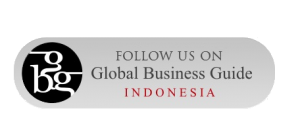Shinta Indah Jaya stays relevant and dynamic in a post-pandemic world
Agile in the face of a global pandemic, Shinta Indah Jaya has gained early mover advantage with advanced antiviral fabrics featuring one of the world’s first textile treatments clinically proven to be up to 99.99 per cent effective against Sars-Cov-2. The pioneering product is the result of an early collaboration with Swiss research and speciality materials company HeiQ Materials, whose Viroblock technology became a breakthrough against Covid-19 in 2020.
Shinta Indah Jaya’s Viroblock fabrics can be used in manufacturing a wide range of products, from face masks and daily garments to home and automotive textiles.
Since July 2020, the company stirred the textile industry with the launch of six-in-one reusable face masks combining antiviral, antibacterial, antifungal, odour control, water repellent and smart cooling properties. Through the added application of HeiQ’s patented Smart Temp technology, the face masks keep users feeling fresh and dry despite prolonged wear. Recognising the importance of hand hygiene in the prevention of widespread viral transmissions, Shinta Indah Jaya has also launched washable five-in-one antiviral gloves with fingertip conductivity to easily navigate touchscreen devices.
“Post-pandemic, defensive textiles will be central to everyday living,” says Stacey Hermijanto, CEO of Shinta Indah Jaya.
The company is among Indonesia’s home-grown champions, whose performance fabrics are used by some of the world’s most valuable apparel brands, including Nike, H&M and Adidas. Rigorous research and development (R&D) goes into every specialised finish to meet clients’ specific performance needs for the fabric. By quickly adopting emerging technologies, Hermijanto continues her late father’s legacy of constant innovation based on R&D while upholding honesty, respect and integrity as corporate values.
Improving the lives of employees, their families and the local communities is equally important as Hermijanto’s entrepreneurial goals are to positively impact lives and make a difference especially in times of adversity. For instance, at the height of the Covid-19 pandemic, the company donated antiviral masks to rural communities in Indonesia and supported philanthropic organisations, churches and charities in humanitarian efforts. The much-needed protective gear were distributed to the underprivileged and needy across Indonesia and in Singapore.
To help clothing brands meet higher standards of wearer comfort and performance in the post-pandemic world, Shinta Indah Jaya is focusing efforts on developing next-generation fabrics combining recycled polyester and graphene – considered a wonder material with potentials for temperature regulation, increased muscle performance, therapeutic posture correction and health monitoring. The company is also studying the use of inorganic active metals such as copper and zinc in the production of protective textiles with lasting antiviral, antibacterial, antimicrobial and anti-allergenic properties.
“Whether it’s for protection against viruses or health threats such as pollution, the use of technical textiles and wellness technologies in everyday garments is the future,” Hermijanto says. “We are pursuing this while always keeping sustainability in mind.”
Shinta Indah Jaya will double its production capacity by 2022 through a newly built facility in West Java. Aiming for more breakthroughs with defensive textiles, the company welcomes supplier collaborations across Asia and technology partnerships on a global scale.
“Shinta Indah Jaya will remain nimble with its product offerings as this massive transition in the textile industry takes place,” Hermijanto says.
Featured in the South China Morning Post by Discovery Reports



